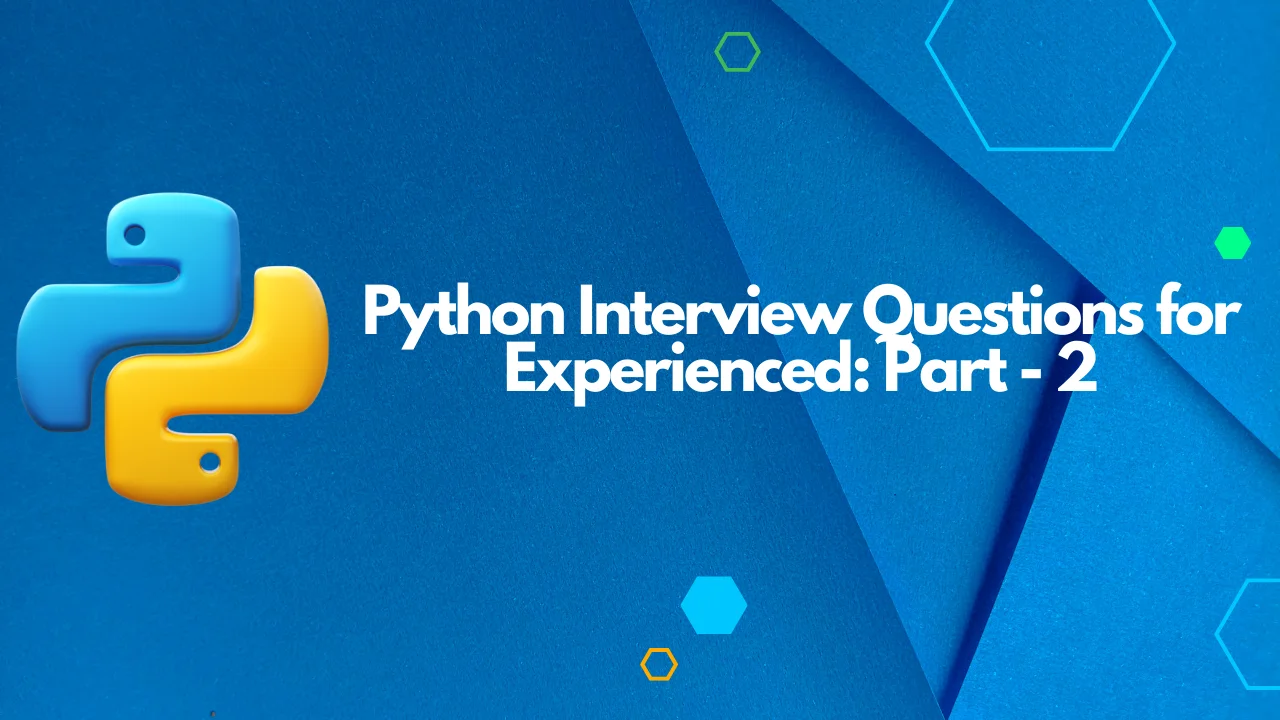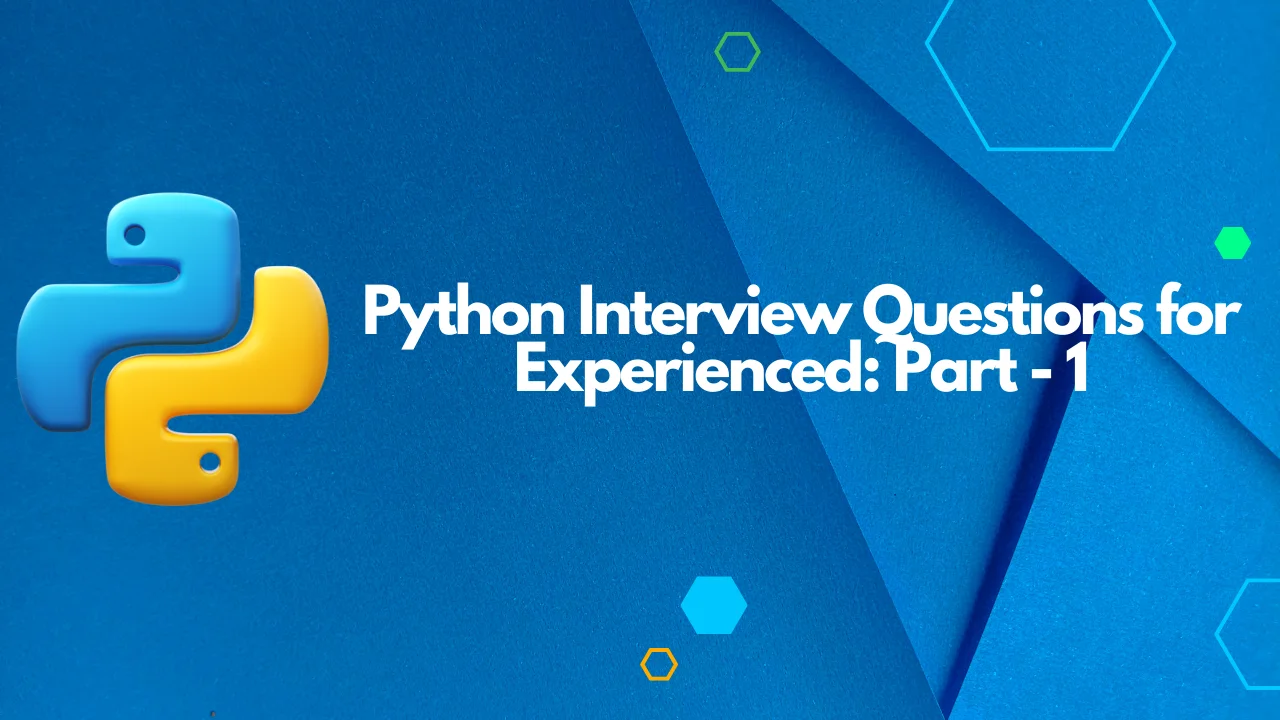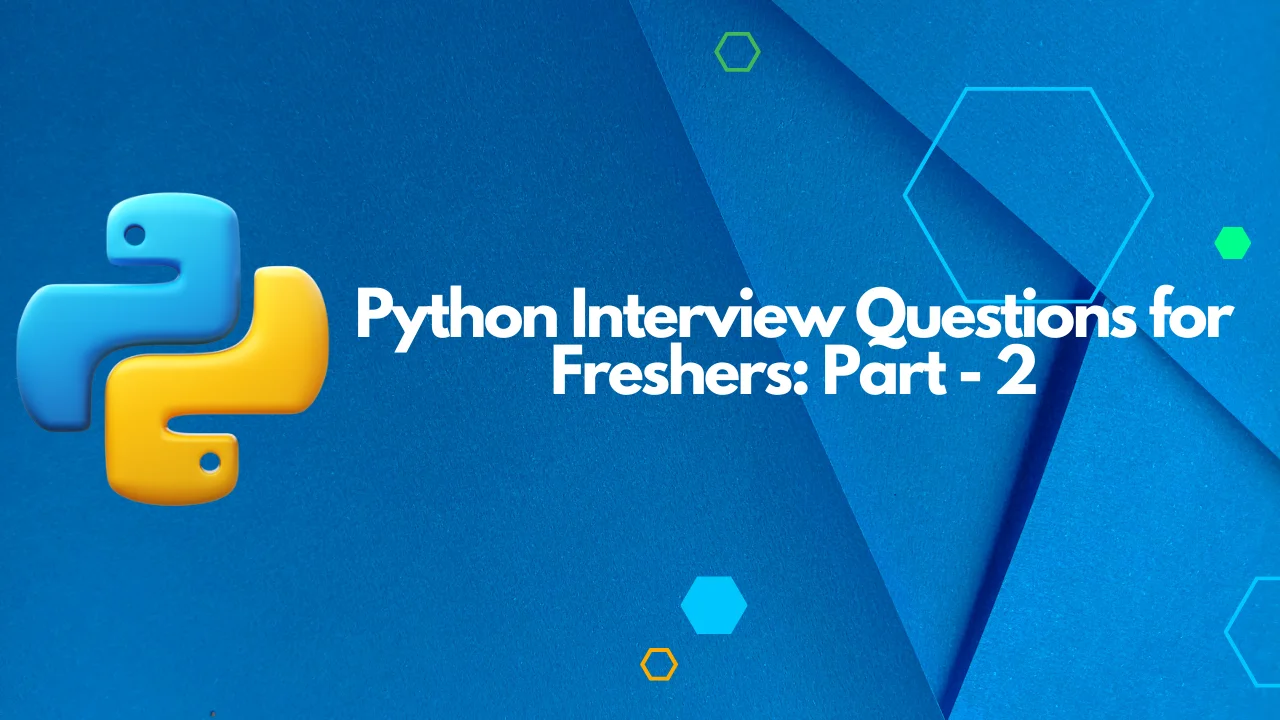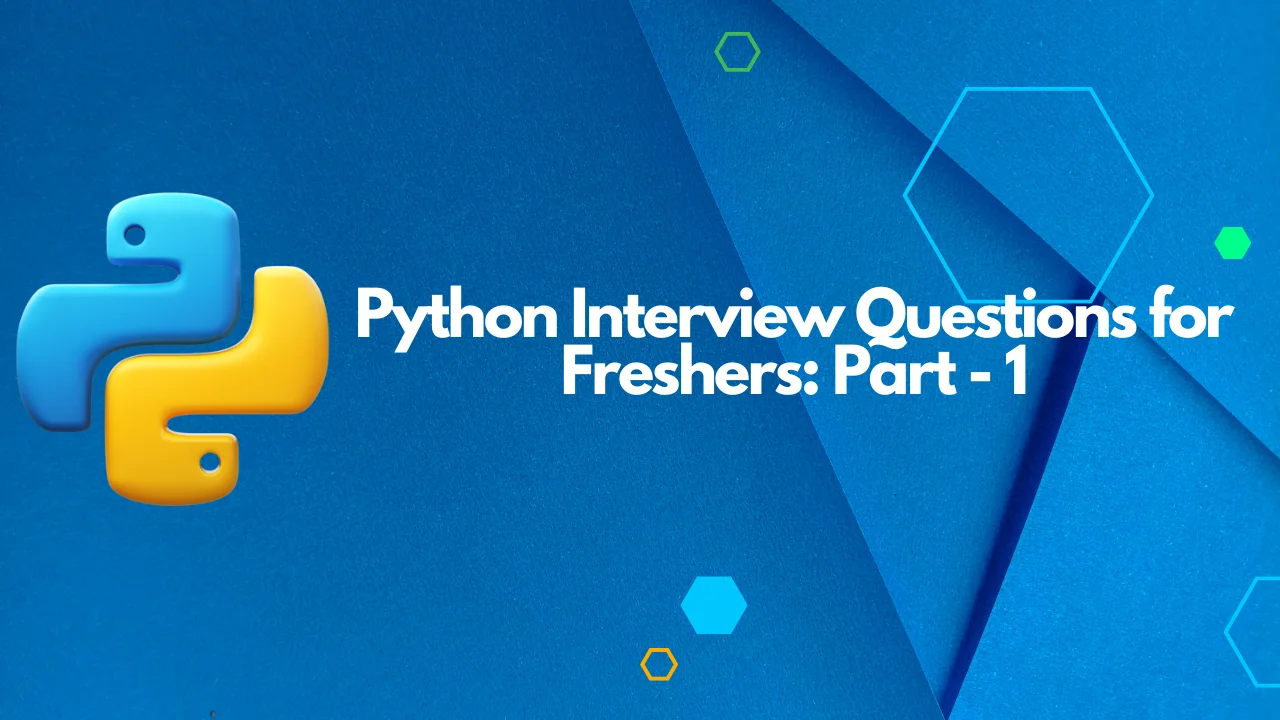Python Interview Questions for Experienced: Part - 2

11. What is PYTHONPATH in Python?
PYTHONPATH is an environment variable in Python used to specify additional directories where Python should look for modules and packages when importing. It helps in extending the search path for Python modules.
12. What is the use of help() and dir() functions?
The help() function in Python is used to get information about objects, modules, functions, etc. It provides interactive help while coding. The dir() function returns a list of attributes and methods of an object, helping in introspection.
13. How do .py files differ from .pyc files?
.py files are Python source files containing human-readable code, while .pyc files are compiled bytecode files generated by Python after the first execution of a .py file. .pyc files are platform-independent and are used to speed up subsequent executions of the same code.
14. How Python is interpreted?
Python code is executed using an interpreter. It translates Python code into intermediate bytecode, which is then executed by the Python interpreter either directly or using a Just-In-Time (JIT) compiler in some implementations like PyPy.
15. In Python, what determines whether arguments are passed by value or by reference?
In Python, arguments are passed by object reference. When a function is called, references to objects are passed as arguments. Changes made to mutable objects inside the function are reflected outside the function, while reassigning immutable objects creates new references.
16. What are iterators in Python?
Iterators in Python are objects that allow iteration over a sequence of elements. They implement the iterator protocol, providing the __iter__() and __next__() methods. Iterators are used in loops to traverse through elements efficiently.
17. Explain how to delete a file in Python?
To delete a file in Python, you can use the os.remove() function from the os module or os.unlink() to remove a file by its path. Additionally, the os.path module provides methods to check if a file exists before deletion.
18. Explain split() and join() functions in Python?
The split() function in Python is used to split a string into a list of substrings based on a delimiter. Conversely, the join() function joins a list of strings into a single string using a specified separator.
19. What does *args and kwargs mean?
In Python, *args and **kwargs are used to pass a variable number of arguments to a function. *args collects positional arguments into a tuple, while **kwargs collects keyword arguments into a dictionary, allowing flexibility in function definitions.
20. Explain the purpose and functionality of negative indexes in Python.
Negative indexes in Python are used to access elements from the end of a sequence. They provide a convenient way to access elements relative to the end of a list, tuple, or string without needing to know the length of the sequence beforehand.
In conclusion,
mastering Python is a continuous journey, and these interview questions serve as a guide for experienced professionals. Embrace these insights to confidently navigate interviews, showcasing your expertise, problem-solving abilities, and deep understanding of Python’s versatility in real-world applications. Keep coding and exploring new horizons in the realm of Python!
Ready to take your Python skills to the next level? Explore our top-notch Python Training in Chennai. Our expert instructors and hands-on approach ensure that you not only ace interviews but also thrive in real-world scenarios. To kickstart your journey to Python excellence, contact us at +91 9655-333-334. Secure your future today with the best Python Training in Chennai. Don’t miss out on the chance to propel your career forward!








